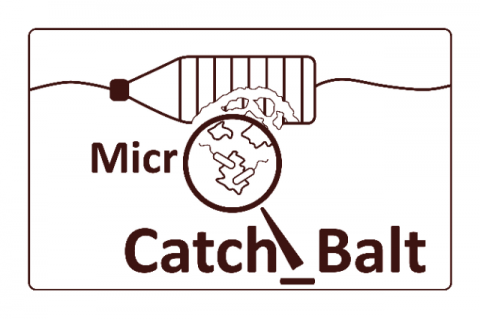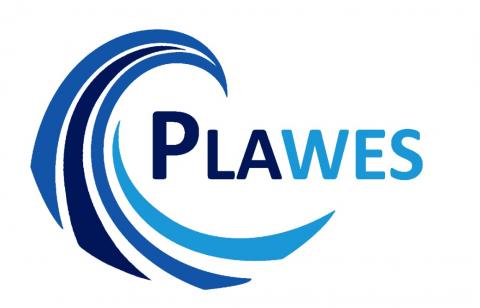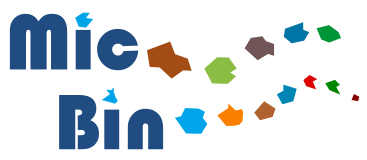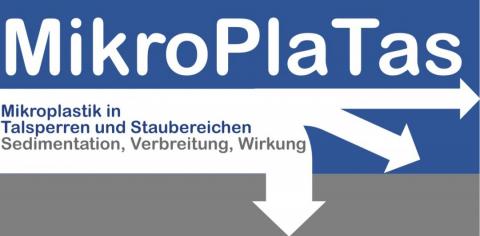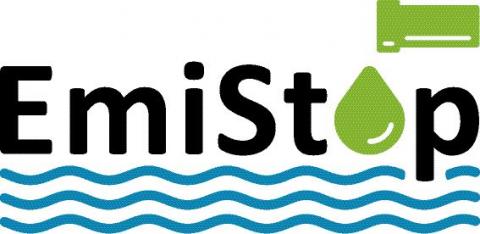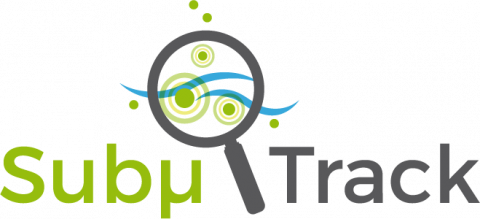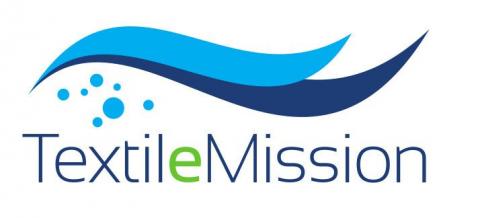Workshop on Sampling, Sample Preparation and Analysis of Microplastics
Around 50 scientists from 12 collaborative projects of the research focus on plastics in the environment met for a first exchange on sampling, sample preparation and analysis of microplastics at the Water Technology Center (TZW) in Karlsruhe.

